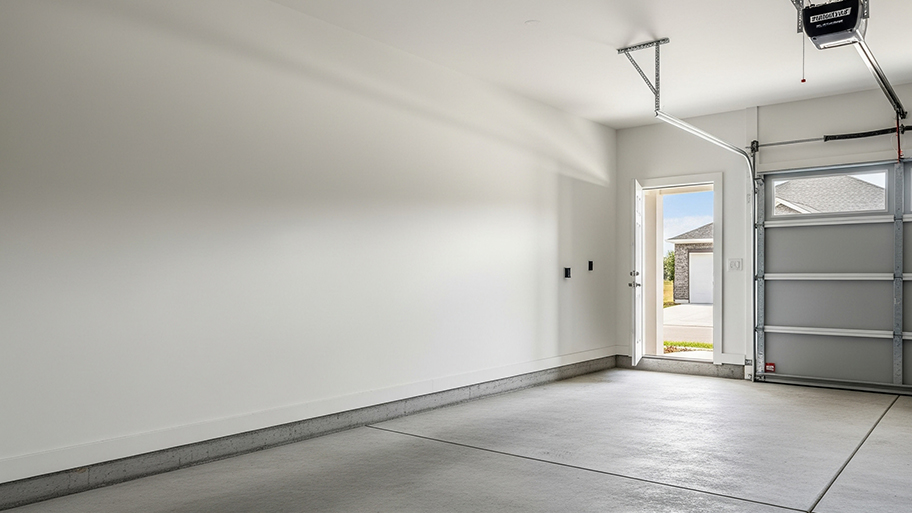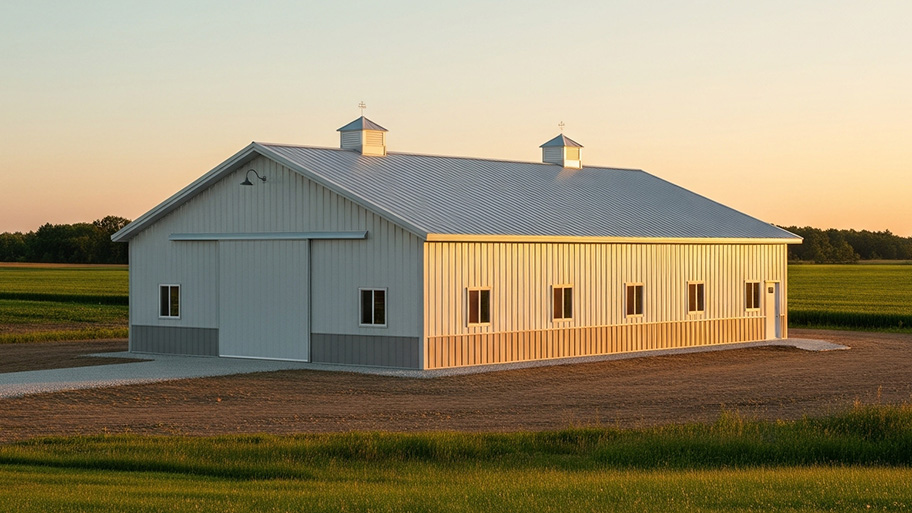
The cost to drywall a garage depends on the size, materials, labor, and more. This guide will help you budget for installing drywall in your garage.
Protect your car from the outdoor elements with this DIY project


Metal carports are a low-maintenance and relatively inexpensive way to protect your vehicles from the outdoor elements. Plus, they come in many different shapes and styles, so you can install a carport that complements the look and feel of your home. Handy homeowners with some basic construction experience under their belt can use this guide to save money on labor costs and install a metal carport themselves in just a few days.
Before you break ground on your new carport idea, you need to figure out whether to install a prebuilt carport kit or build the carport from scratch. Prebuilt metal carports cost less and are easier to install than from-scratch carports, but their options are limited in terms of size, material, and design. If you decide to build a carport from scratch, you can customize it with a design and materials tailor-made to your preferences, but it will probably cost more and take longer to install than a prebuilt kit.
Regardless of the type of carport you choose, it's also helpful to consider the carport's location in proximity to your house, as well as how accessible it will be to all members of your household. Additionally, check with your local authority about any zoning laws or HOA rules that might dictate where the carport can go. Finally, make sure the carport is at least 15 feet away from any overhead electrical wires and that installation won't affect any underground utilities. You can call a free service to check for your utility line locations by dialing 811.

Once you decide on a carport plan and location, it's time to prep the ground for installation. Start by clearing away any debris, such as rocks, plants, and leaves. If the ground isn't flat, you'll need to level it. If the ground is only mildly sloped, you can often level it by digging up higher parts with a shovel. But if it's severely sloped, it's best to hire a local leveling service to tackle it for you.
Next, use a post-hole digger to dig holes where your carport's support poles will go. Always check with the carport manufacturer on recommended hole depths, but a good rule of thumb is that the holes should be about one-third the length of the posts deep.
After digging all of the support holes, install support beams into each one by inserting the beam and using a level to ensure it's completely straight. Then fill the hole with a fast-setting concrete mix. If you're working alone, you might want to screw wooden bases into the posts and anchor them to the ground to ensure the beams stay straight as they set. Wait for the concrete to fully set before proceeding to the next step.
Once the concrete has fully set, you'll need to install horizontal beams and rafters, which will support the carport's roof. The installation process and hardware will vary depending on the type of carport you're installing, but it generally involves using bolts or other fasteners to secure the horizontal beams and rafters to the support beams you installed during step four. It's helpful to work with a partner here to ensure all of the beams are properly aligned.

Now that you've installed the carport frame, attach the roof to the rafters. This process will depend on the type of roofing material you chose, such as corrugated metal or steel sheets, so check with the manufacturer for specific installation instructions. However, it typically involves laying the roofing material across the rafters so that it fully covers the carport and fastening it using bolts or screws.
Carports have to endure anything the weather throws their way, so it's best to reinforce all of the structure's joints to ensure it's strong and stable. You can do this by adding brackets or gussets wherever the support beams and horizontal beams meet. You can also use additional screws at these junctions. The right choice will depend on your carport's design and materials.
If you're worried about water pooling around your carport and potentially damaging it, you can optionally install a gutter system that directs water away from the carport to a designated collection site. The installation process will depend on both the type of carport you choose, as well as the gutters. However, it's a fairly complex project that needs to be done precisely and accurately to be effective, so it's usually best to hire a gutter installer near you.
The cost to install a metal carport using a kit usually averages $20 per square foot, and you can knock about 5% off those costs if you decide to install it yourself. For a custom build, the price is closer to $30 per square foot considering the labor costs. Building a carport does require a fair bit of construction know-how, as well as the ability to lift heavy materials, so if you're not too confident in your construction abilities, hire a carport builder near you.
From average costs to expert advice, get all the answers you need to get your job done.

The cost to drywall a garage depends on the size, materials, labor, and more. This guide will help you budget for installing drywall in your garage.

Discover the cost to build a pole barn, including average prices, key cost factors, and tips to help you budget and plan your project with confidence.

A sound garage roof is important for protecting against water damage and foundational disrepair. If you need to replace your garage roof, this guide shows you what to expect to pay for materials and labor based on specific factors.

Does your garage need insulation? Weigh the pros and cons of insulating a garage to make the right choice for the comfort of your home.

A standard three-car garage square footage can vary depending on your vehicles and your intentions. Keep reading to learn more about three-car garage sizing.

You may wonder, "Who do I hire to install an electric garage heater?" Use our advice to find the right professional to install your garage heater safely.